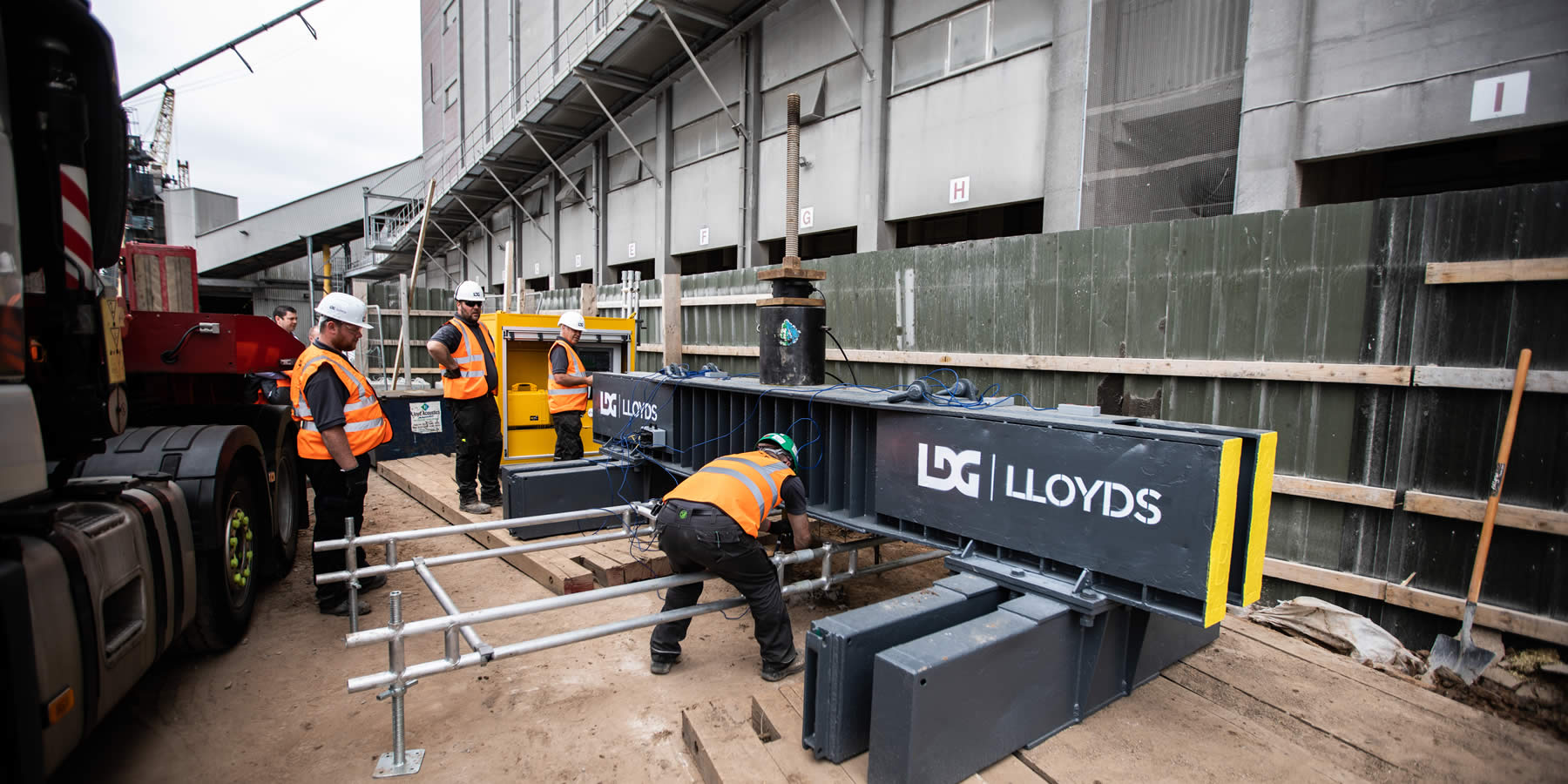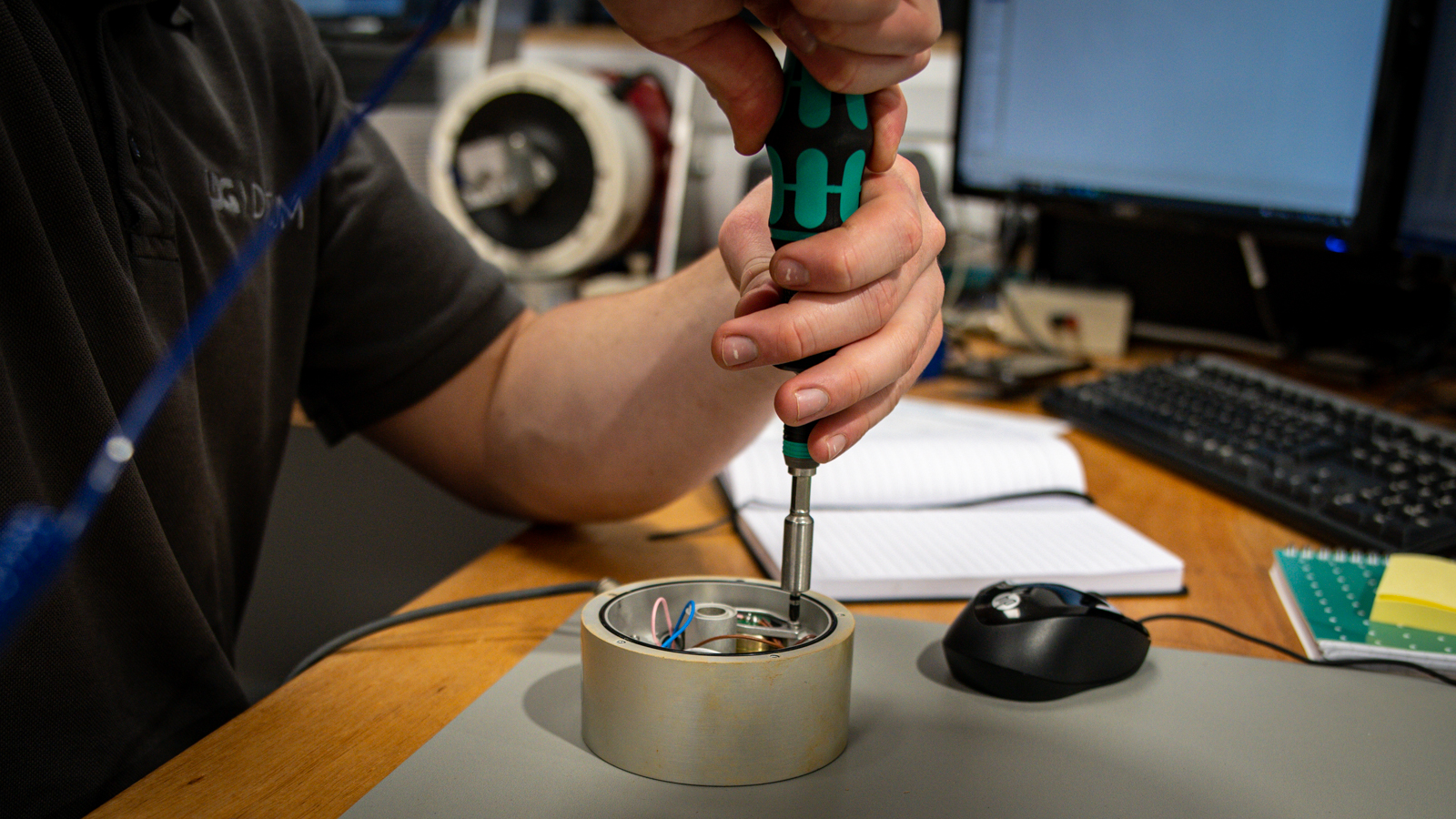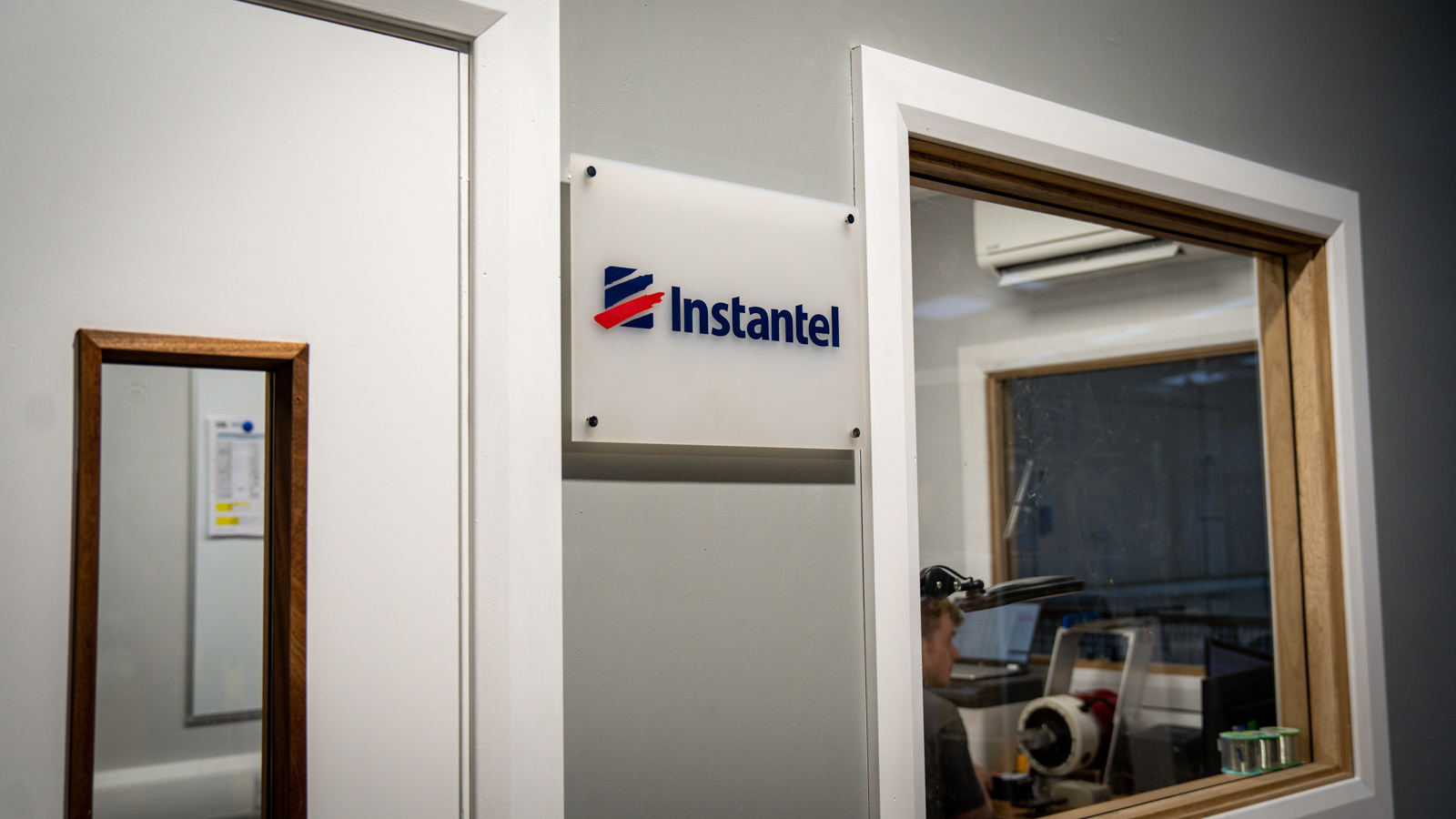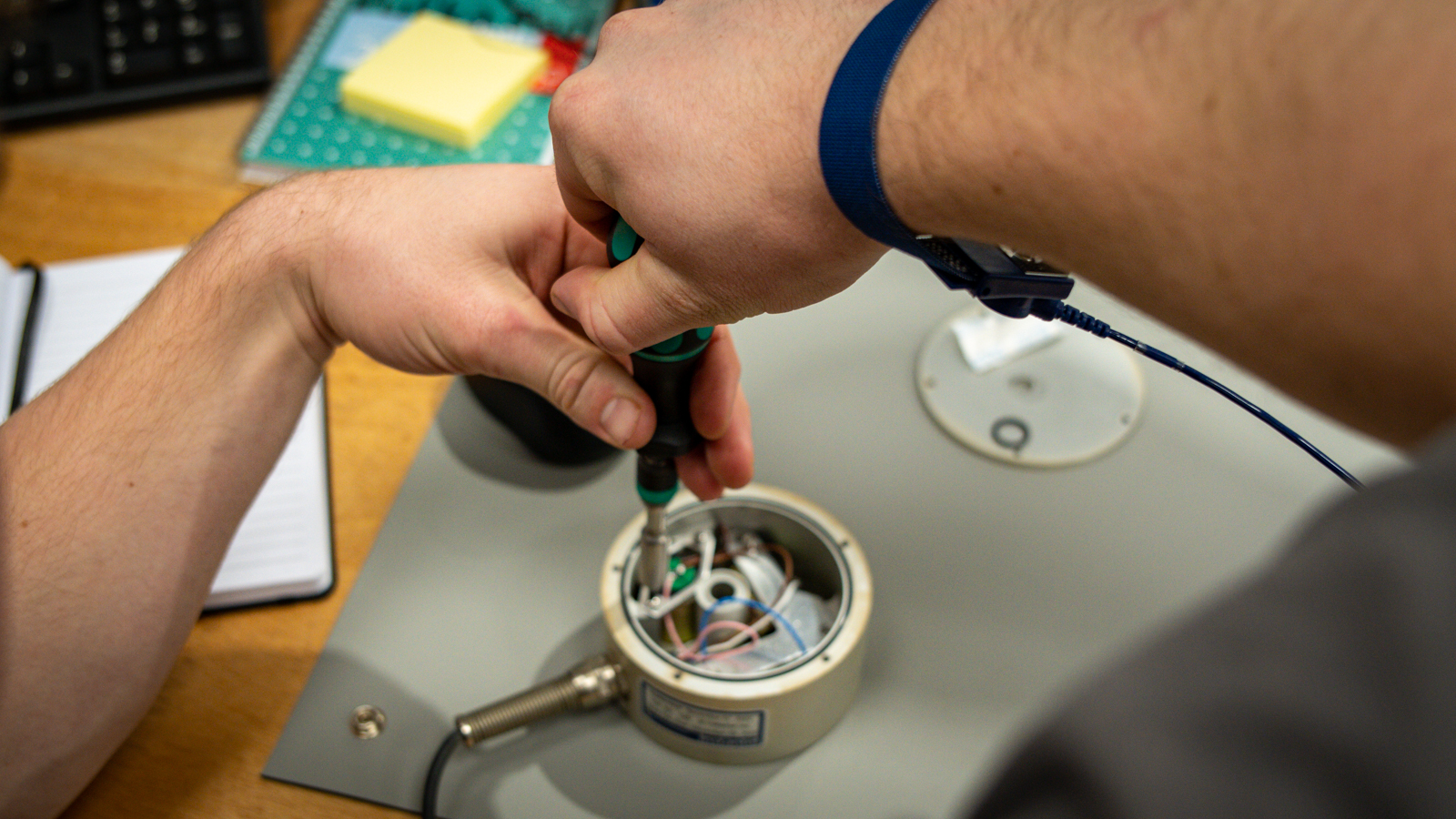





Contact Us
Slope Stabilisation
Rock Bolts
Rock Bolts are used to stabilise exposed rock faces, rock cuttings, tunnels and bridges on infrastructure projects. Used to connect unstable rock to stable rock, Rock Bolts are usually installed into predrilled bore holes. The tendons are inserted into the bore holes and grouted into place. Self-drilling hollow bars can also be used as Rock Bolts. Once the Bolts are in place, they have face plates and nuts installed.
Soil Nails
Soil nails usually form part of the slope stabilisation and are commonly used with a soft facing allowing the slope to be vegetated. Soil Nails are installed on slopes through the unstable zone into the stable zone of the slope. This is possible by drilling and installing a tendon. In self-supporting ground this can be in the form of solid steel tendons or GFRP bars. In loose or collapsing ground they are installed by using self-drill hollow bar systems. Once the nails are in place, they have face plates and nuts installed.
Slope Facings
Once the Rock Bolts or Soil Nails have been completed a facing may be required. The main types of facing are:
Hard: provides a rigid restraint over the entire face, this can be carried out using steel mesh and shotcrete.
Flexible: acts as a structural element but allows for deformation before design strength is mobilised.
Soft: providing non-structural erosion control reliant on establishing vegetation.




